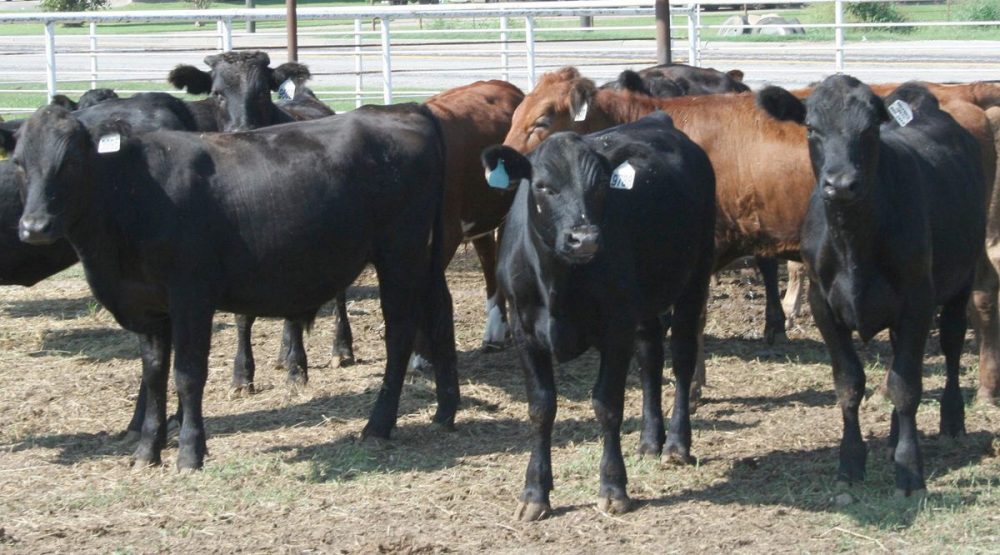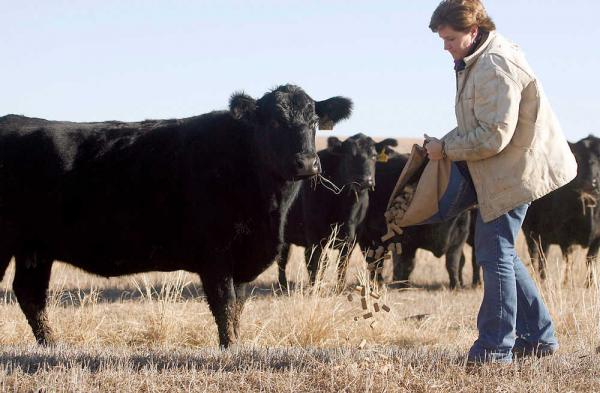Developed by Dr. Mario A. Villarino, County Extension Agent for Agriculture and Natural Resources Hopkins County, Texas

The beef industry in Texas is huge.
As I was reporting on this during the Texas A&M AgriLife Extension Services Beef Cattle Short Course many topics presented during this event related to ranch profitability.
Profitability is defined by Dr. Dan Posey, Extension Veterinarian as net return to owner’s equity; retained earnings (or profits) increase owner’s equity.
Simply put Assets – Liabilities = Producer’s Equity. If profit is defined as a net return, several methods can be used to reach such a goal: (1) increase revenues, while maintaining the same expense level; (2) decrease expenses, while maintaining the same revenue stream; (3) do both, maximizing revenues and decreasing expenses.
But most cow-calf producers don’t generate a positive return to equity for the efforts they put forth. The cow-calf sector of the cattle industry is among the most heavily subsidized in agriculture – it is subsidized by “off-the- farm” income.

This sector has limited sources of “on the ranch” revenue: the selling of weaned offspring and the selling of culled animals (bulls, cows and replacement heifers).
However, adopting management techniques for better reproductive efficiency, increasing production and reducing production costs can significantly improve a producer’s profit margin. Reproductive efficiency is an important issue for cow-calf producers.
If expressed in economic terms, reproductive efficiency is 10 times more important than production (defined by weaning weights). Reproductive efficiency is 20 times more important economically than product (defined as carcass characteristics). A herd that produces more calves per exposed female will increase revenues by selling more calves.
The average cow-calf producer has a calving rate of 88 to 91.5 percent. The first goal of all producers should be to maximize the reproductive efficiency of their herds.
Four important management techniques that can improve reproductive efficiency are 1) Conduct breeding soundness examinations on all bulls every year 2) Palpate and remove all non-producers 3) Maintain cows in moderate body condition score at calving and 4) Appreciate the hidden values of vaccinations against reproductive diseases.

The key to ranching longevity is reducing production costs to survive cattle-market bad times and take advantage of market good times. Cost reduction can move individual producers toward profitability and ensure sustainability of the cow-calf sector. The last 5 years have seen a trend toward teaching producers how to market their cattle.
Discussions have centered around issues like carcass traits, niche-marketing, genetic selection and value-added products.
But cost reduction assumes even greater importance than marketing, because it allows producers to survive market bad times, then take advantage of good times. Because cattle markets are dynamic, producers must proactively set market strategies by determining unit cost of production (UCP).
Once unit cost of production is known, a cost reduction plan can be formalized. To determine UCP, producers should adopt standardized performance analysis (SPA), used by Texas producers for more than 10 years. The SPA process organizes production and financial information into a standard format for analysis.
For more information on this or any other agricultural topic please contact the Hopkins County Extension Office at 903-885-3443 or email me at [email protected].








